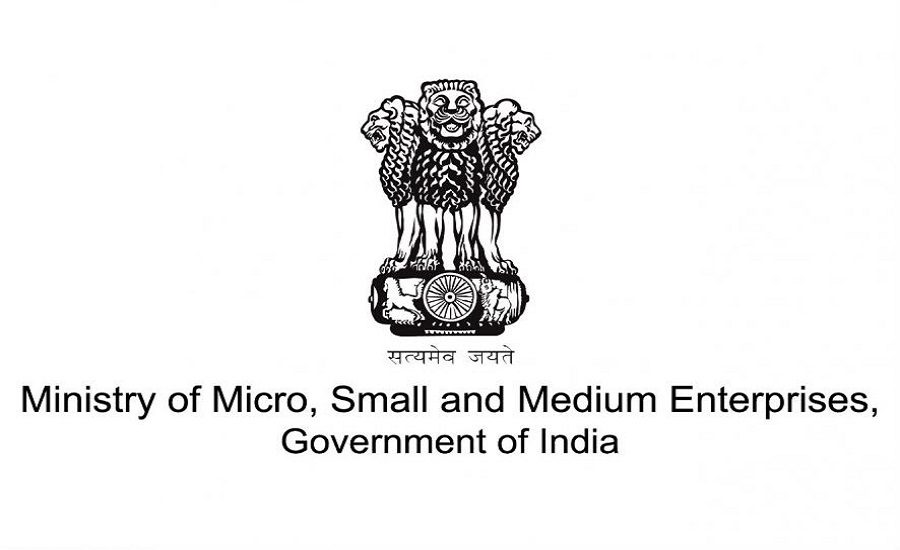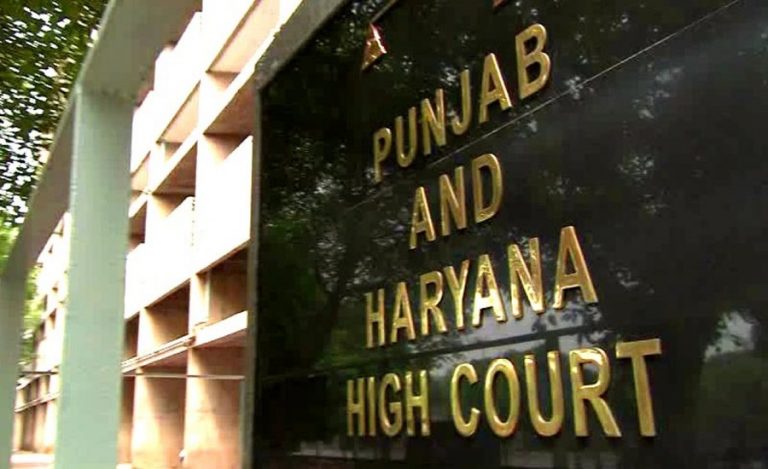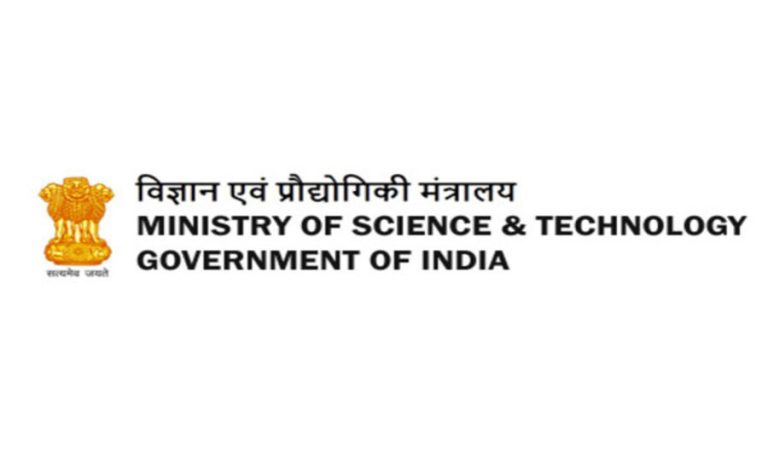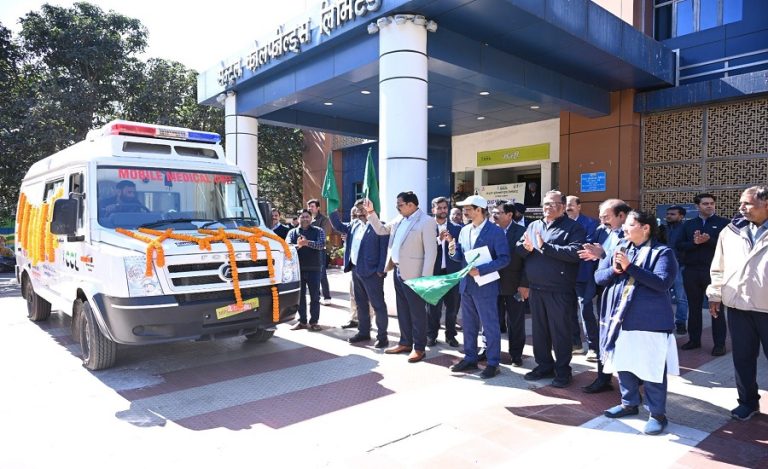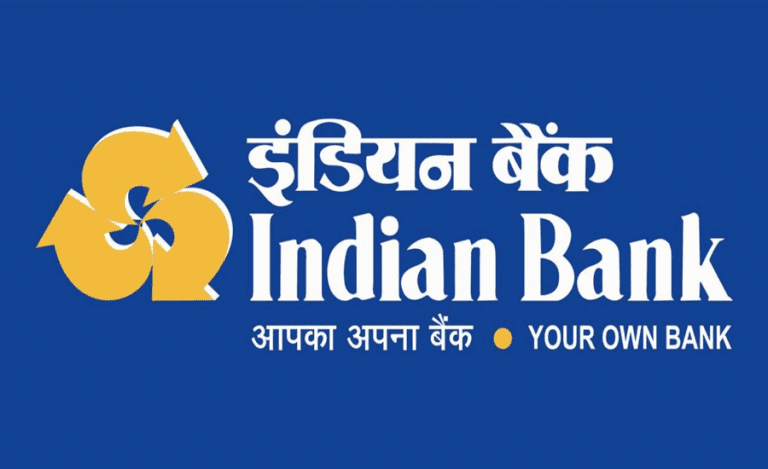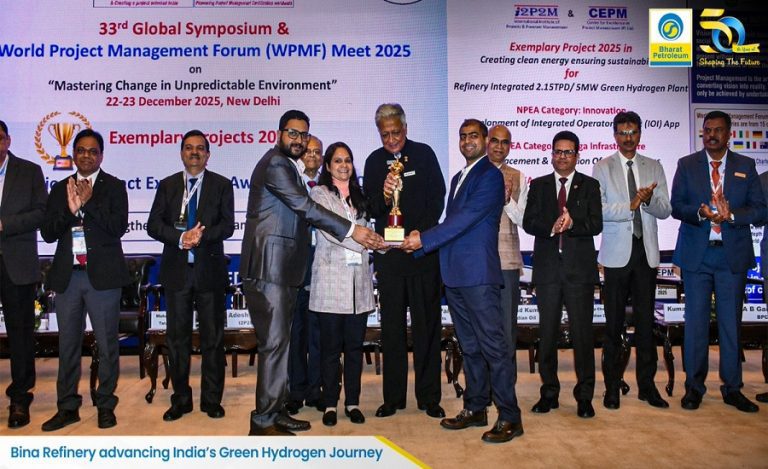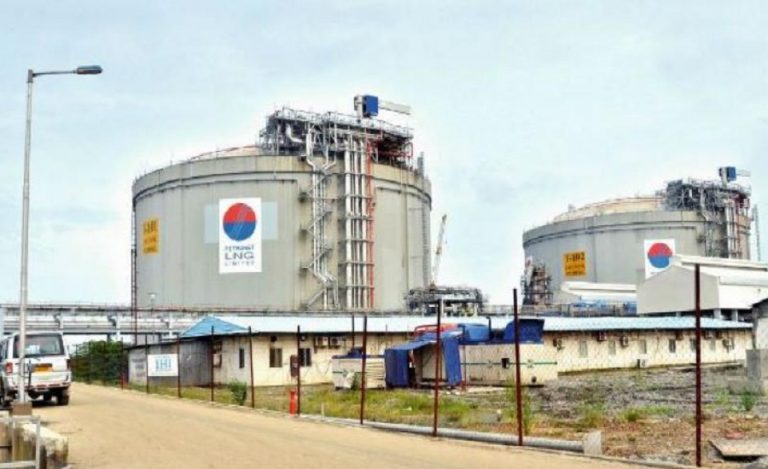New Delhi: In a strong push to support self-employment and entrepreneurship across India, the Ministry of Micro, Small & Medium Enterprises (MSME) is actively promoting the Credit Guarantee Scheme for Micro and Small Enterprises (CGTMSE). The initiative is designed to empower first-generation entrepreneurs by providing them access to collateral-free loans, helping millions of small businesses thrive in a competitive economy.
Launched officially on August 30, 2000 and operational since January 1, 2000, the scheme enables Micro and Small Enterprises (MSEs) to access formal credit without the need for physical collateral or third-party guarantees. It covers both new and existing enterprises, and offers credit guarantees for loans of up to ₹10 crore.
Read Also: MIDHANI Hosts MSME Conclave to Boost Indigenisation in Defence Manufacturing
Key Features of CGTMSE Scheme
- Loan Amount: Up to ₹10 crore
- Guarantee Coverage: Ranges from 75% to 90%, based on borrower risk profile
- Eligible Borrowers: All Micro & Small Enterprises (both new and existing)
- Lenders: Banks and NBFCs registered as Member Lending Institutions (MLIs)
- Corpus Funding: Jointly funded by the Government of India and SIDBI in a 4:1 ratio
Impact and Reach (as of July 1, 2025)
- Total Loans Approved: ₹10.26 lakh crore
- Guarantees Issued: Over 1.2 crore
Top Beneficiary States:
- Maharashtra – ₹1,26,521 crore
- Uttar Pradesh – ₹1,04,856 crore
- Gujarat – ₹85,160 crore
With 26 million MSEs in India employing nearly 60 million people, CGTMSE is seen as a critical engine of inclusive growth, particularly in rural and semi-urban India. The scheme helps unlock institutional credit for those who traditionally struggle to provide security or meet stringent lending criteria.
Read Also: RBI Bans Pre-Payment Charges on Floating-Rate Loans to Individuals
Complementary Initiatives
This push aligns with broader reforms like the Mutual Credit Guarantee Scheme (MCGS-MSME) launched in FY25, which allows mid-sized MSMEs to access credit of up to ₹100 crore for equipment purchases. While CGTMSE covers smaller units with high guarantee ratios (up to 90%), MCGS focuses on manufacturing-linked growth with 60% risk cover, supported by the National Credit Guarantee Trustee Company (NCGTC).
Together, these schemes signal a shift in India’s approach to industrial development: from being asset-based to idea-based lending, enabling young, first-time entrepreneurs to start and grow without fear of rejection due to lack of collateral.
Challenges Remain
While the scheme has achieved major milestones, stakeholders caution that some banks still impose informal collateral conditions, reducing its intended impact. In earlier reports, businesses flagged that up to 25% of loan amounts were held as fixed deposits, undermining the scheme’s “collateral-free” promise. The MSME Ministry has called for better monitoring and stricter compliance by lending institutions.

